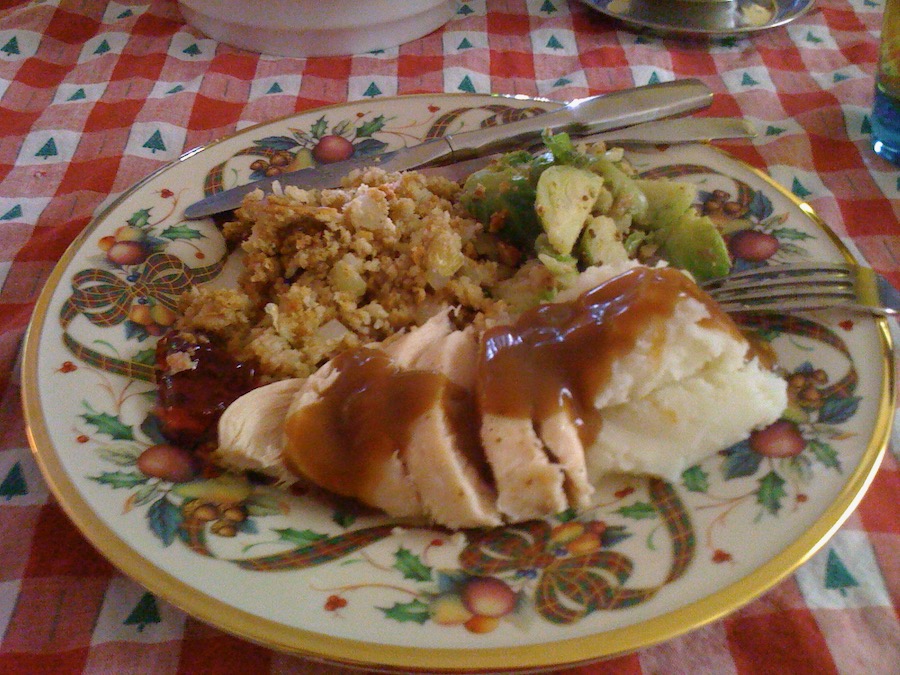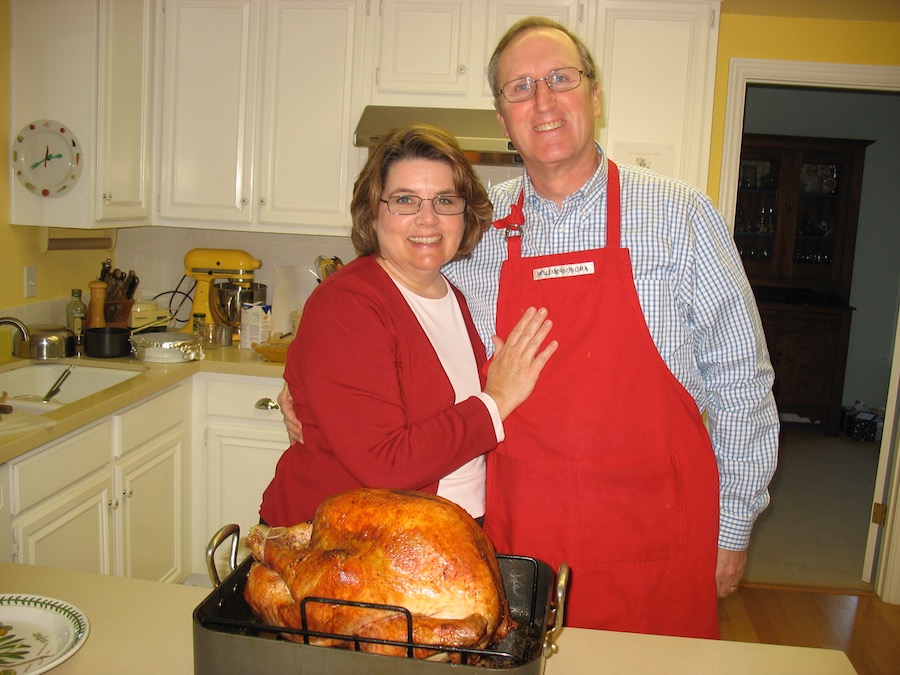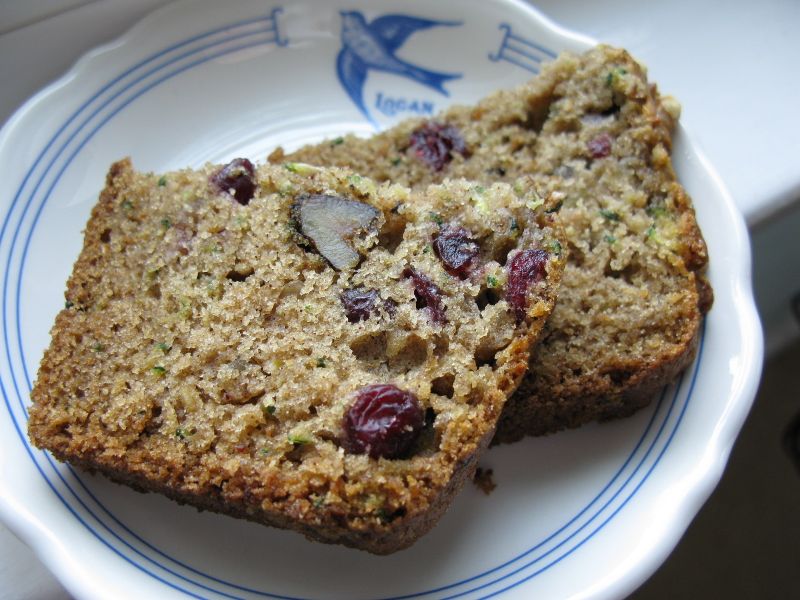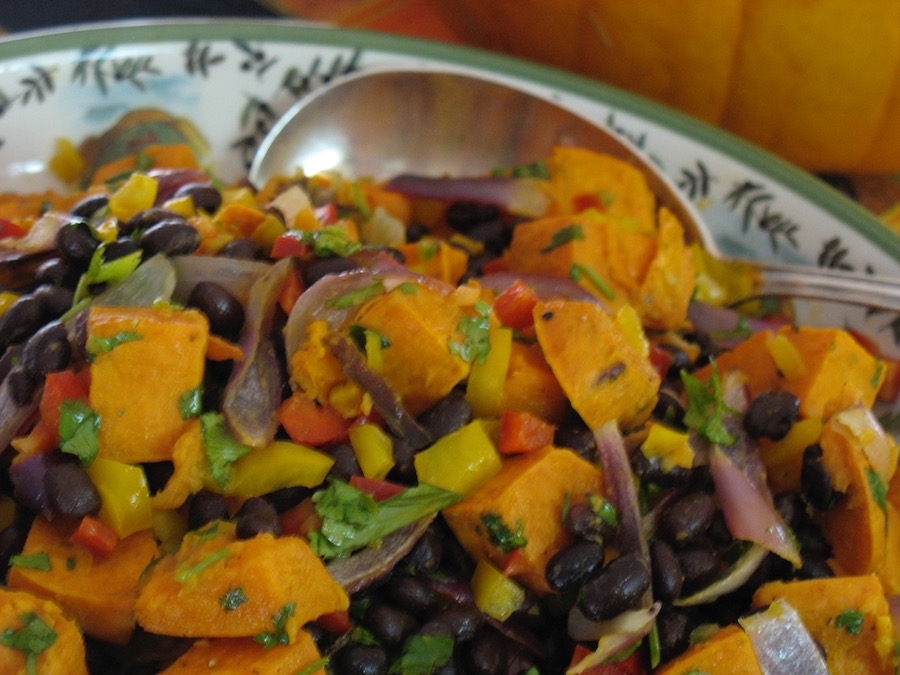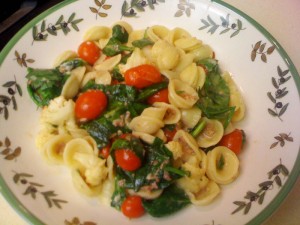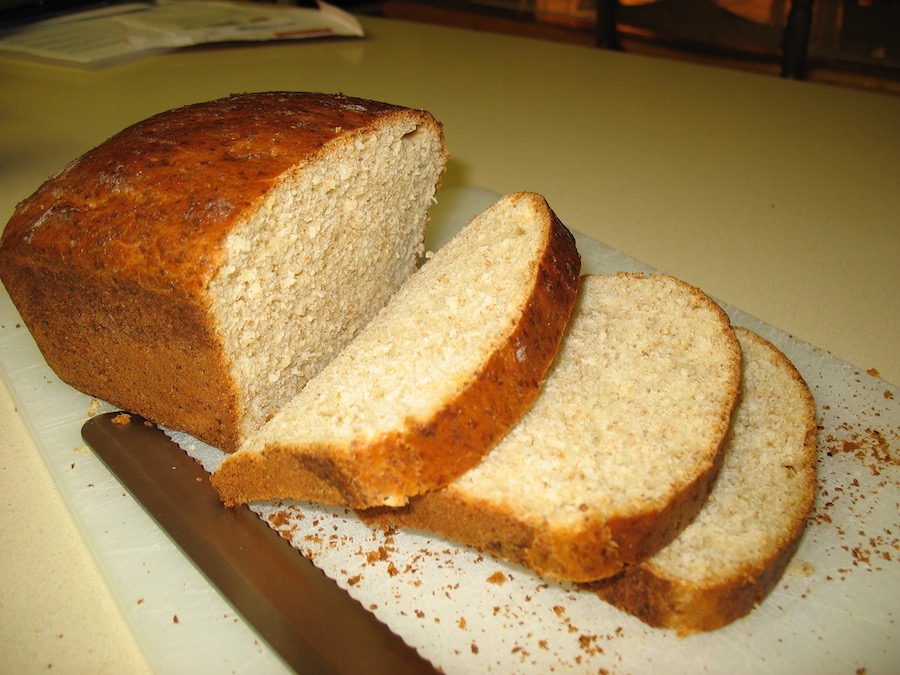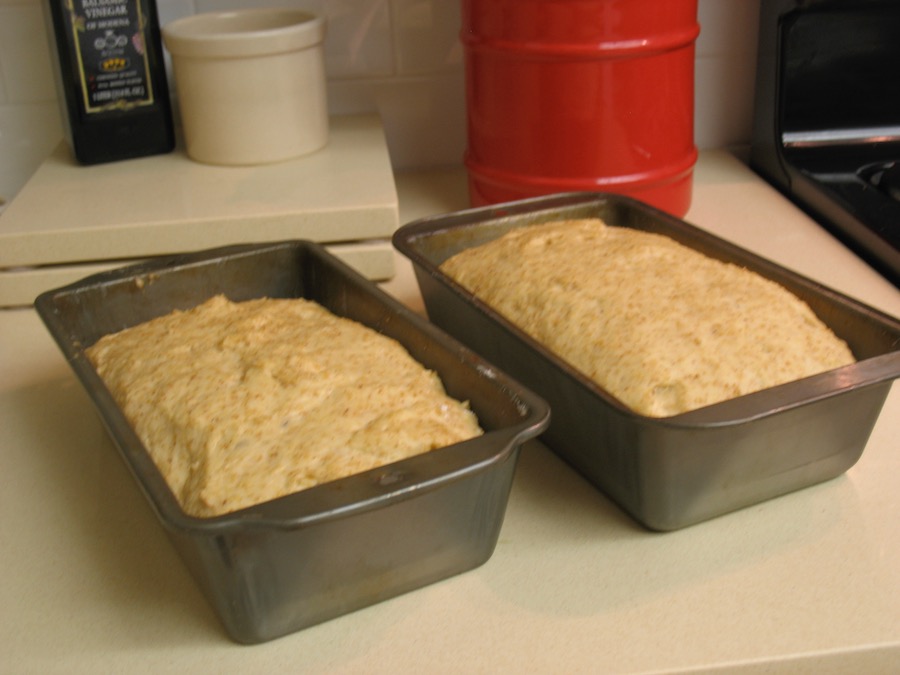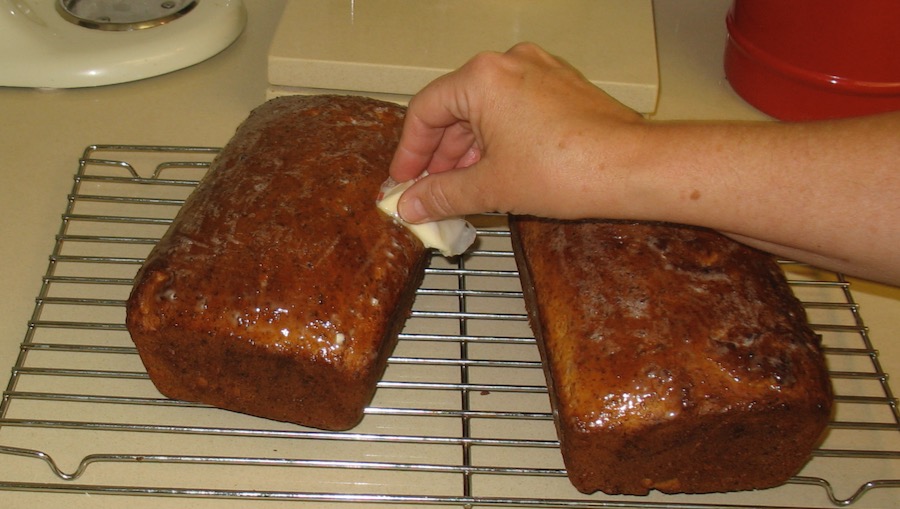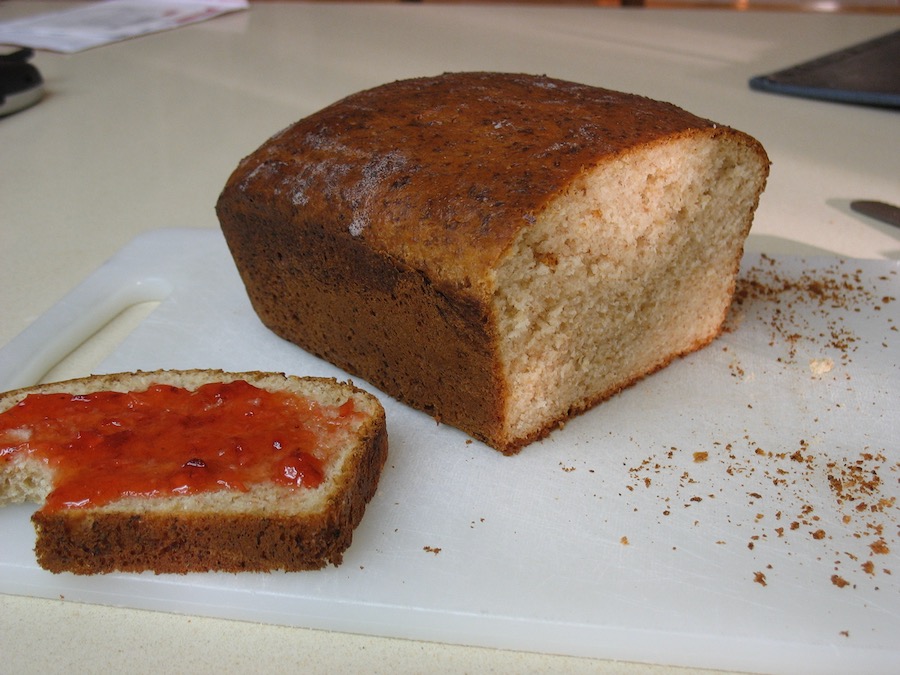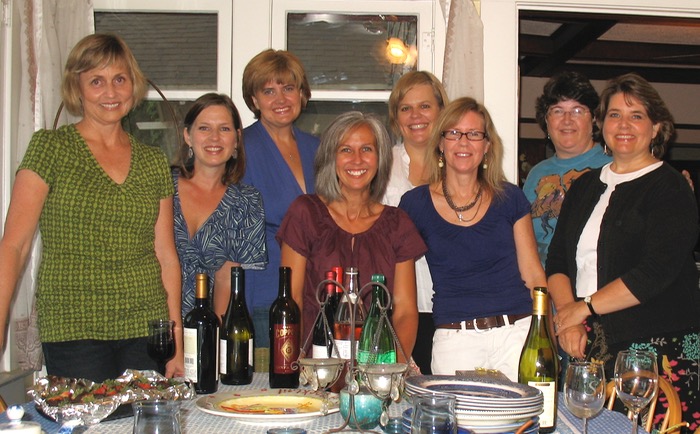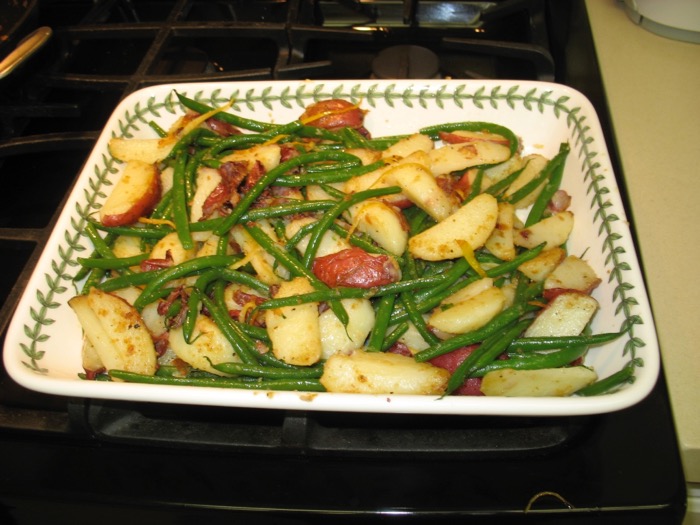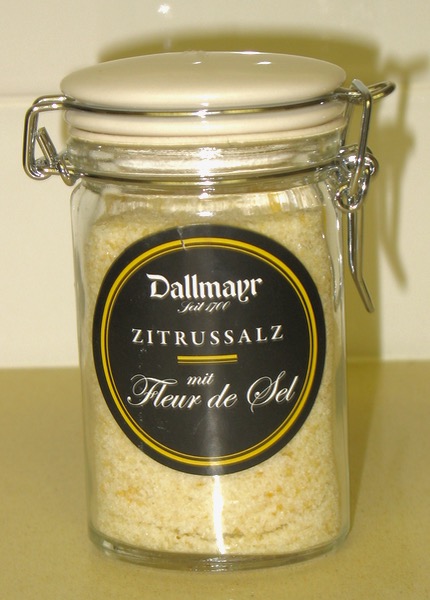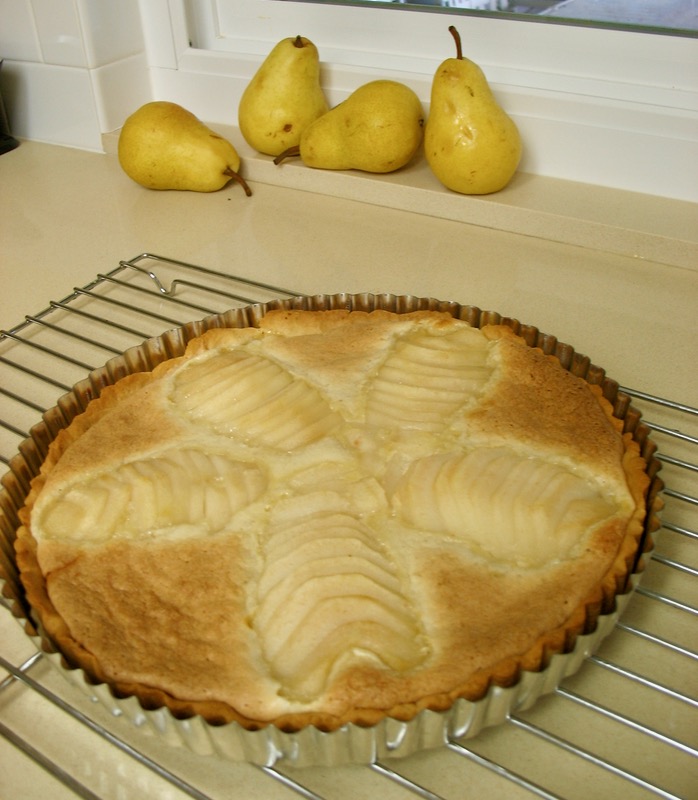 First you make the tart shell, and I love her advice to freeze it first. Then the almond cream. Let me just say: Blanched almonds? Converting regular almonds to blanched involves dunking them in boiling water for 60 seconds (no more), then rinsing them in cold water. Then the skins can be pinched off, using thumb and forefinger. (Videos can be found online, or you can just purchased blanched almonds).
First you make the tart shell, and I love her advice to freeze it first. Then the almond cream. Let me just say: Blanched almonds? Converting regular almonds to blanched involves dunking them in boiling water for 60 seconds (no more), then rinsing them in cold water. Then the skins can be pinched off, using thumb and forefinger. (Videos can be found online, or you can just purchased blanched almonds).
SWEET TART DOUGH (Adapted from Dorie Greenspan’s book BAKING FROM MY HOME TO YOURS)
1 1/2 cups all-purpose flour
1/2 cup confectioners’ sugar
1/4 teaspoon salt
1 stick plus 1 tablespoon (4 1/2 ounces) very cold (or frozen) unsalted butter, cut into small pieces
1 large egg yolk
To make the dough: Put the flour, confectioners’ sugar and salt in the work bowl of a food processor and pulse a couple of times to combine. Scatter the pieces of butter over the dry ingredients and pulse until the butter is cut in coarsely – the pieces will be the size of oatmeal flakes and pea-size pieces and that’s just fine. Stir the egg, just to break it up, and add it a little at a time, pulsing after each addition. When the egg is in, process in long pulses – about 10 seconds each – until the dough, which will look granular soon after the egg is added, forms clumps and curds. Just before your reaches this clumpy stage, the sound of the machine working the dough will change – heads up. Turn the dough out onto a work surface.
Very lightly and sparingly – make that very, very lightly and sparingly – knead the dough just to incorporate any dry ingredients that might have escaped mixing.
If you want to press the dough into a tart pan, now is the time to do it.
If you want to chill the dough and roll it out later (doable, but fussier than pressing), gather the dough into a ball (you might have to use a little more pressure than you used to mix in dry bits, because you do want the ball to be just this side of cohesive), flatten it into a disk, wrap it well and chill it for at least 2 hours or for up to 1 day.
To make a press-in crust: Butter the tart pan and press the dough evenly along the bottom and up the sides of the pan. Don’t be stingy – you want a crust with a little heft because you want to be able to both taste and feel it. Also, don’t be too heavy-handed – you want to press the crust in so that the pieces cling to one another and knit together when baked, but you don’t want to press so hard that the crust loses its crumbly shortbreadish texture. Freeze the crust for at least 30 minutes, preferably longer, before baking.
To partially bake the crust: Center a rack in the oven and preheat the oven to 375 degrees F. Butter the shiny side of a piece of aluminum foil and fit the foil tightly against the crust. Bake the crust 25 minutes, then carefully remove the foil. If the crust has puffed, press it down gently with the back of a spoon. Bake for another 3 to 5 minutes, then transfer the crust to a cooling rack; keep it in its pan.
FRENCH PEAR TART (with my modifications) Makes 6 servings
3 medium pears, firm but ripe
For the almond cream:
6 tablespoons unsalted butter, at room temperature
2/3 cup sugar
3/4 cup ground blanched almonds
2 teaspoons all-purpose flour
1 teaspoon cornstarch
1 large egg
1 teaspoon pure vanilla extract
1 partially-baked 9-inch tart shell, made with Sweet Tart Dough (see above), at room temperature
Confectioners’ sugar for dusting, or apple jelly for glazing
To make the almond cream: Put the butter and sugar in the workbowl of a food processor and process until the mixture is smooth and satiny. Add the ground almonds and continue to process until well blended. Add the flour and cornstarch, process, and then add the egg. Process for about 15 seconds more, or until the almond cream is homogeneous. Add the rum or vanilla and process just to blend. If you prefer, you can make the cream in a mixer fitted with the whisk attachment or in a bowl with a rubber spatula. In either case, the ingredients are added in the same order. Scrape the almond cream into a container and either use it immediately or refrigerate it until firm, about 2 hours. (I had mine in the fridge for about 1 hour–worked fine.)
Getting ready to bake: Center a rack in the oven and preheat the oven to 350 degrees F. Have a lined baking sheet at the ready. Peel the pears, cut them in half from blossom to stem and core them; rub them with lemon juice. Then put them on some paper towels and pat them dry – really dry – so that their liquid won’t keep the almond cream from baking.
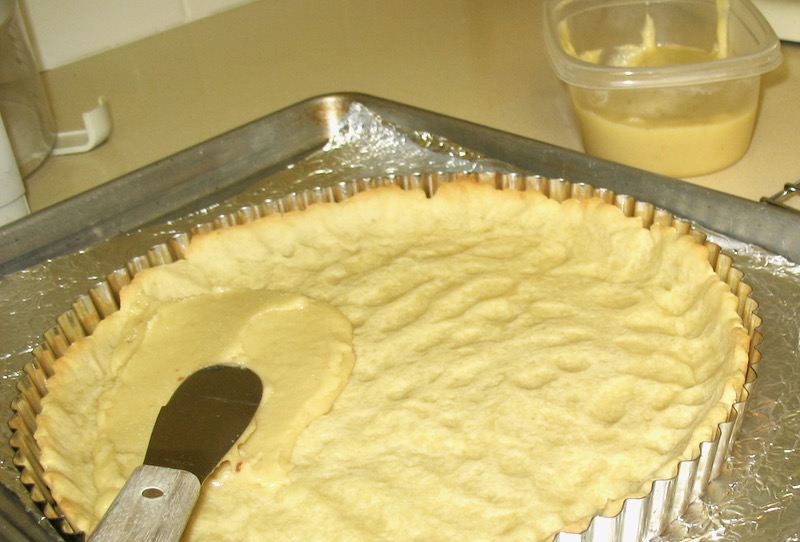
Fill the baked crust with the almond cream, spreading it evenly.
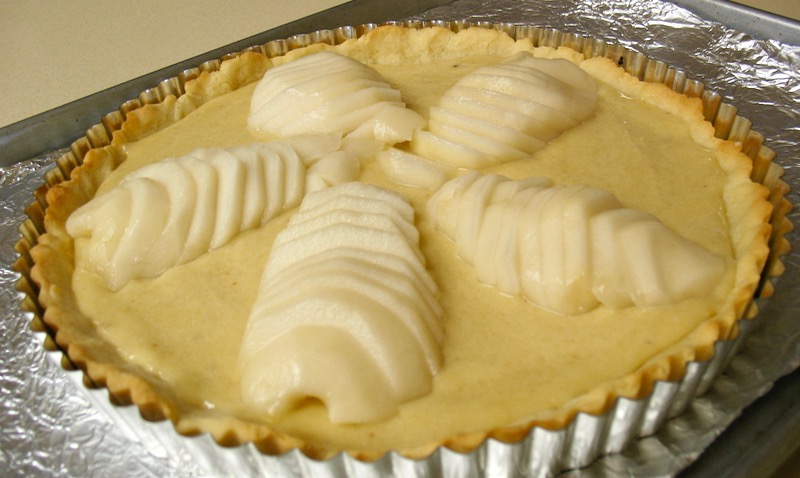 Thinly slice each pear half crosswise, lift each half on a spatula, press down on the pear to fan it slightly and place it, wide-end toward the edge of the crust, over the almond cream. The halves will form spokes. (I only used five halves, using the other for a little cook’s snack.)
Thinly slice each pear half crosswise, lift each half on a spatula, press down on the pear to fan it slightly and place it, wide-end toward the edge of the crust, over the almond cream. The halves will form spokes. (I only used five halves, using the other for a little cook’s snack.)
Put the crust on the lined baking sheet, slide the sheet into the oven and bake the tart 50 to 60 minutes, or until the almond cream puffs up around the pears and browns. Transfer the tart to a rack to cool to just warm or to room temperature before unmolding.
Right before serving, dust the tart with confectioners’ sugar.
Her notes about storing: You can make the almond cream up to 2 days ahead and keep it closely covered in the refrigerator, or you can wrap it airtight and freeze it for up to 2 months; defrost before using. However, once you’ve baked the tart, you should be prepared to enjoy it that same day.
